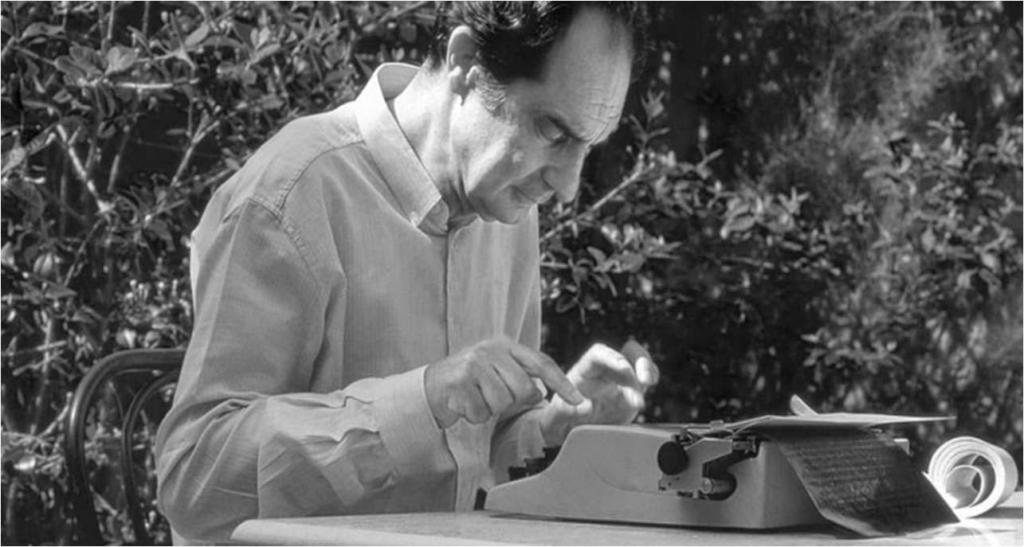

When we design anything to be used by strangers, in prolonged use it often grows out of its actual sense. But rather than masking the cities, it has in fact brought out the beauty of each of it in a sense that the designer of the city probably never thinks of. Calvino has weaved the flair of magical realism deeply into his narrative. Invisible cities essentially lay down the different invisible layers that a visitor maps the cities with.
INVISIBLE CITIES BY ITALO CALVINO WINDOWS
But among the artists, the lovers, the women on the terraces, the people buying groceries from the windows facing the streets, thrives a happy city, unacknowledged even by its people. Like Raissa, where the people aren’t happy and in a sweeping glance, it seems like the unhappiest of the cities. Sign up Now Baucis source- Hidden cities, however, are cities within the city that don’t meet the eye easily.

Eusapia source- Polo indulges into the unknown realm of the afterlife in cities and the dead, the cities with a prevailing confusion and sadness -where you witness dead people you knew or like Eusapia, where there is a whole underground city for the dead.īut cities and the sky talk about the contradiction- cities with a fabricated sense of happiness, and the dwellers trying to keep their cities synonymous to heaven.Ĭontinuous cities keep changing, growing, defying their borders, and confusing their visitors until they become cities found everywhere. These cities live by the names they have created- like Baucis, the city on stilts with its inhabitants seldom climbing down its legs, more so now because of the tradition that has been followed and attached to the name of the city. And in a quest to hold on to the image, the city itself often falls mundane. These are both deceptive cities, the imagery they have created for themselves often surpasses the value of what is real. This is where you start seeing an intoxicated traveler, where his imagination seems to seep into his memories.Īnd then he goes on to talk about cities of eyes and cities of names. The city thrives because it caters to the raw curiosity of man.Īs the book propagates, the reader finds Marco Polo’s cities becoming more and more unbelievable, drowning into utopian fantasies, or fairytale cities that contradict the basic sciences. While thin cities are ones with limitations hidden in them- these are cities of a thin fabric, no structures marvelous enough, or architecture profound enough to give it depth.Īnd monotonous functional cities with bazaars for trading goods- the trading cities, but the travelers keep returning to these cities, not because of the trade of goods, but because of the exchange of memories and stories of valor of battles, of lovers, of beasts unheard of. Often in these signs, however, the city becomes redundant, repeating them for the sake of its own existence. Despinasource-Cities and signs talk about cities that communicate to you, but in codes that are left to be decoded, and that is the beauty of them. But to a visitor from the sea, Despina looks like a camel’s withers and he fantasizes about the luscious oasis, wine, and exotic women. Despina- a coastal city, which while perceived by a traveler upon a camel approaching her from the desert, looks similar to a vessel at the shore, and the traveler imagines all the foreign and exotic goods that he would see. Or it is associated with the deceptiveness of a city that fools her guests into believing that she offers just what they long for. Zora source-In cities and desire- the desire is associated with fertile land, nourishing moats and canals, clear skies, and rare gems and goods the traveler seeks here. But in this desire to be easily remembered, Zora has lost herself to the ordinary. Or the city of Zora, which is easy to memorize, point to point, because of how well-arranged each of its elements is. Like the city of Zaira, where the tangible parts of the city are not what resonates in you while you leave it it’s rather the incidents that have taken place in the city or the agony of the people that seem to haunt the city like a thin fog. And these could be pleasant or sad and suffocating. In cities and memory– memories stick to them like paint to its walls. The cities- tempting, seductive, joyous, deceptive…Polo made them sound like different women indeed, and he segregated them into types.

Participate Now Italo Calvino ©Travelers and storytellers from corners of the world recited their experiences to the great khan but Marco Polo was his favorite for the reason that while all others talked about wars and famines and priceless mines, polo took him through a whole extensive journey of these cities, while they both sat at the doorsteps of the palace, enjoying the evening breeze.


 0 kommentar(er)
0 kommentar(er)
